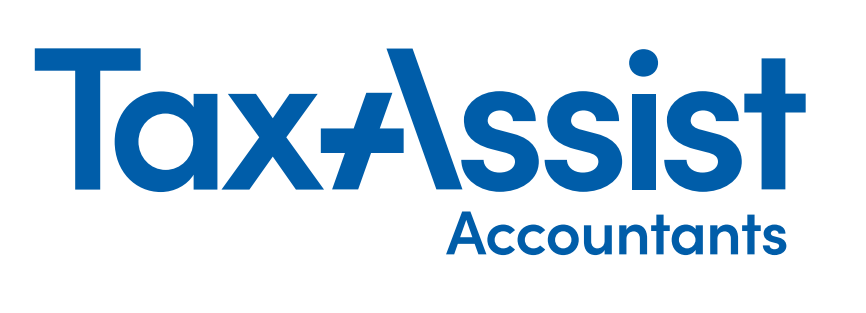A new regulation of Tips allocation coming into force
The Employment (Allocation) of Tips Act 2023, along with its supporting regulations and a new statutory Code of Practice, is set to come into force on 1 October 2024. This legislation marks the culmination of extensive efforts to regulate the allocation and distribution of tips, ensuring that employees receive the full amount of qualifying tips from their employers.
Under this new mandate, employers are required to fairly allocate the total amount of qualifying tips—those that are either received by the employer or subject to their control—amongst the workers at their business premises.
Qualifying tips encompass both those received directly by the employer and those received by workers that fall under the employer's control. Tips that are kept by workers without any employer involvement are not covered by this legislation. Similarly, digital tips given directly to staff members via apps, which circumvent employer involvement, are also exempt.
The legislation stipulates the fair allocation of tips and introduces a statutory Code of Practice to guide employers on this matter. The Code outlines fundamental principles of fairness and provides guidance on the decision-making process for employers to adhere to their legal obligations.
Employers must continually review and adjust their tip allocation and distribution practices to align with the principles of fairness as outlined in the Code. In anticipation of the new law, employers should engage in consultations with their workers or their representatives to establish a widely accepted agreement on the allocation process. This proactive approach will ensure compliance with the upcoming legal requirements and promote a transparent and equitable distribution of tips among employees.




